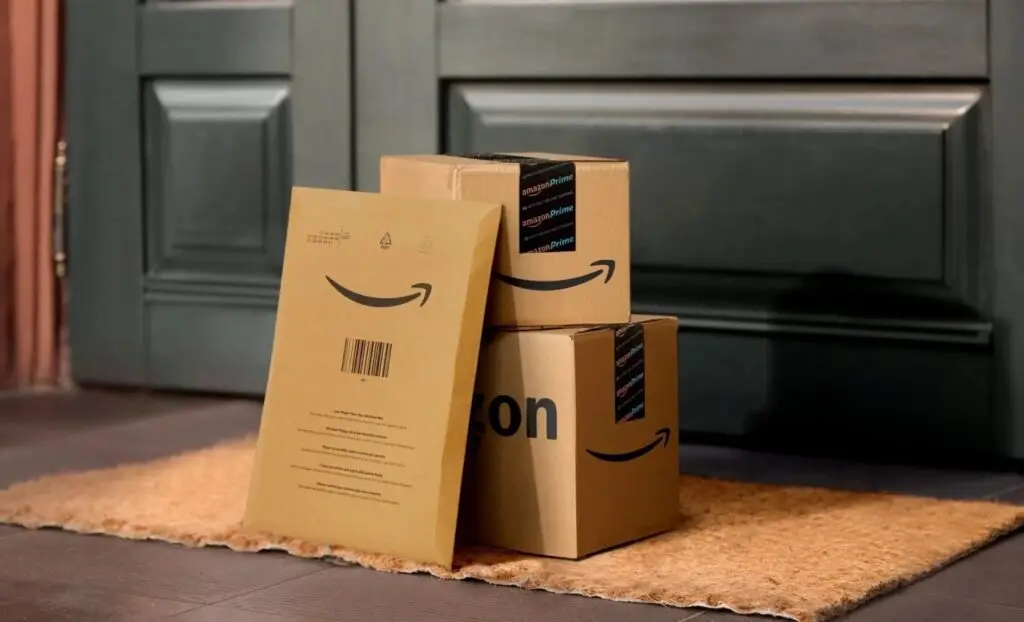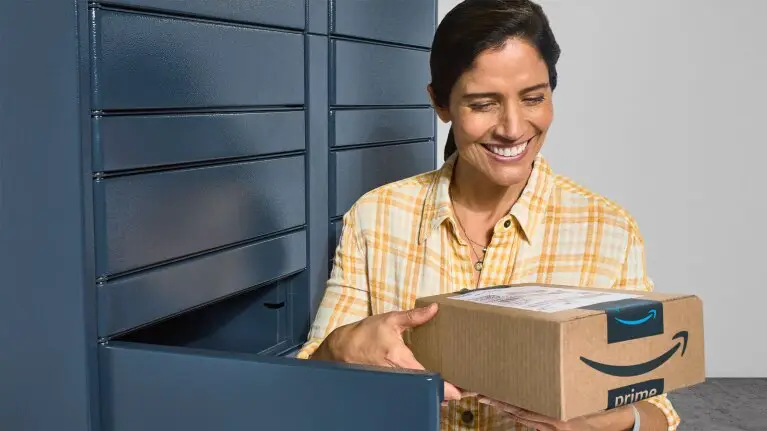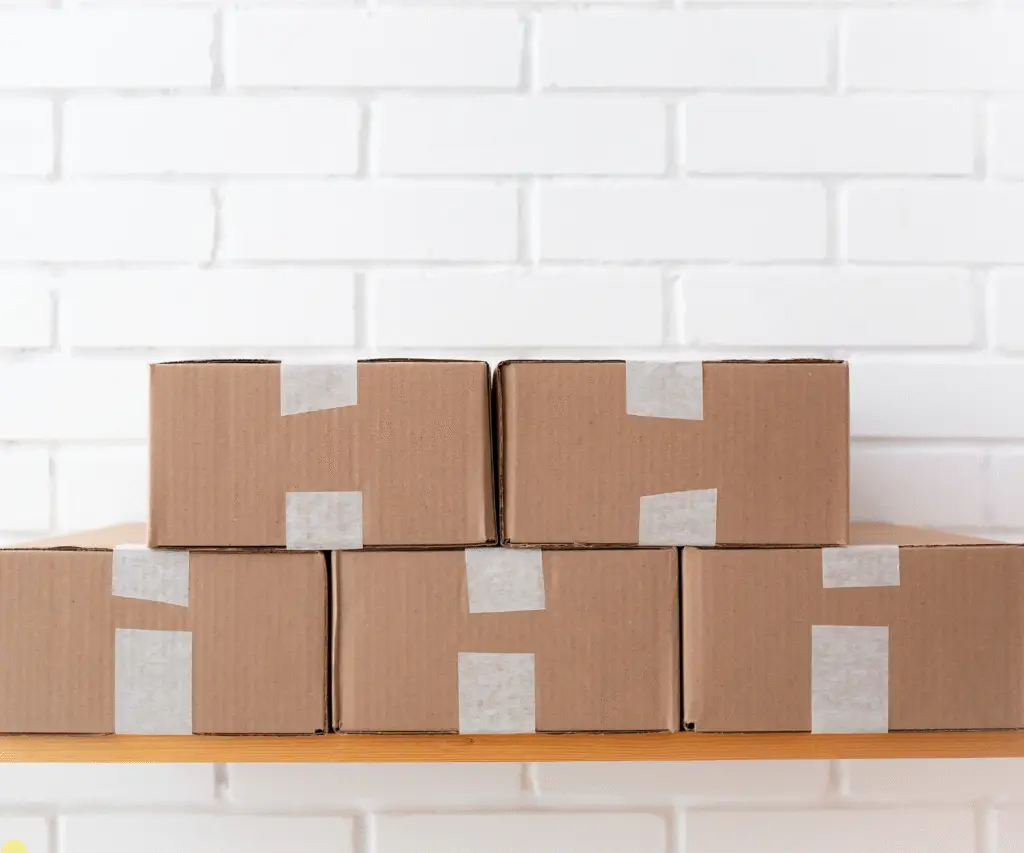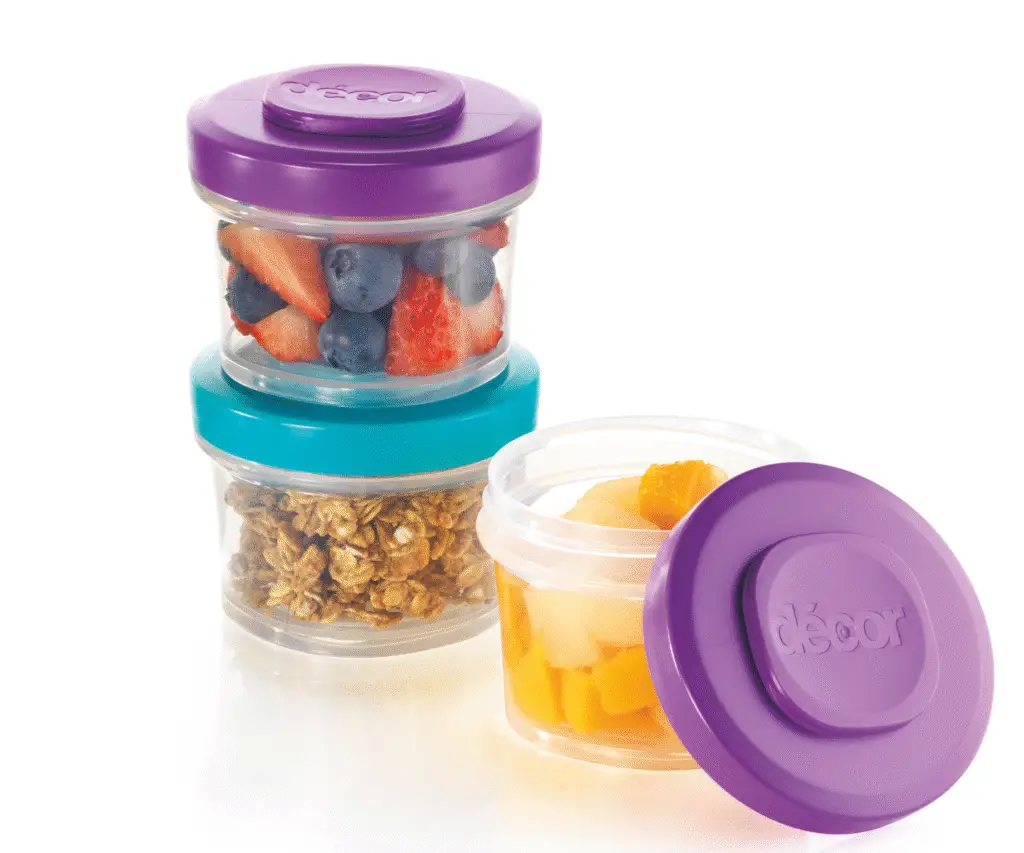Have you heard about Amazon’s “frustration-free packaging“? Frustration-free packaging aims to make the unboxing process easier, more eco-friendly, and – as the name implies – less frustrating.
It goes some way to reduce problems caused by multiple layers of plastic wrap, difficult-to-open clamshells, or an excess of protective covers.
Read on to discover why frustration-free packaging was created, the impact on the environment, the benefits and challenges, and what manufacturers need to do to take part.
The Concept Behind Frustration-Free Packaging
The main goal of Amazon’s frustration-free packaging is to make it simpler for customers to get their products without having to deal with bulky or unnecessary packaging. Several materials used in traditional packaging procedures are non-recyclable and add to environmental waste since they have to be cut, sliced, or pulled apart in order to access what’s inside.
By eliminating the need for extra materials and simplifying the opening process, Amazon’s frustration-free packaging seeks to address these issues. This practice not only reduces inconvenience for consumers but also promotes ecological sustainability by ensuring that all materials utilized are fully recyclable.
Because of the product’s durable packaging, Amazon frequently even does away with the need for an extra shipping box when shipping directly from the manufacturer.

How Amazon Developed Frustration-Free Packaging
Amazon launched the frustration-free packaging initiative back in 2008. The company worked with manufacturers to redesign product packaging with the consumer in mind.
Amazon sought to ensure that packaging could be easily opened by hand, with no extra tools required, while also maintaining the safety and integrity of the product during transit.
The process of redesigning packaging requires careful consideration of several factors: the product itself, the shipping process, and the environmental impact.
Amazon collaborates with brands to ensure the products are protected, but without overcomplicating the packaging or making it difficult for consumers to access the item.
The Environmental Impact
One of the biggest advantages of frustration-free packaging is its positive environmental impact. With fewer materials used, and those materials being recyclable or reusable, the overall amount of waste produced is significantly reduced.
Since many products can be shipped in their own packaging, it cuts down on the need for additional boxes, plastic fillers, or bubble wrap.
By focusing on recyclable materials, Amazon aims to lessen the burden on landfills and reduce the overall carbon footprint associated with shipping.
The company reports that the initiative has eliminated hundreds of thousands of tons of packaging materials since its inception. This is part of Amazon’s broader commitment to sustainability, as they aim to make all shipments net-zero carbon by 2040.
The Customer Experience

From the customer’s perspective, frustration-free packaging transforms the unboxing experience into something smooth and convenient. There’s no need to deal with difficult packaging that requires sharp tools to open, no more struggling with layers of tape or plastic, and no more unnecessary packaging materials that end up being a hassle to recycle.
Opening a frustration-free package is straightforward. The design ensures that the packaging is easy to tear open or unfold by hand, without compromising the protection of the product inside.
Many customers appreciate the simplicity, especially when it comes to gifting items or purchasing products for children or elderly family members, who may have difficulty with conventional packaging.
Manufacturer Involvement
While Amazon drives the frustration-free packaging initiative, it’s the manufacturers who must adopt the packaging standards. Amazon works closely with companies to help them create packaging that meets its guidelines, but it’s up to the manufacturers to embrace the process and redesign their product packaging accordingly.
Manufacturers that choose to participate in the program benefit from:
- Increased customer satisfaction
- Fewer returns due to damaged products
- The positive environmental impact associated with using less wasteful materials
- Improved brand reputation
Additionally, companies that adopt frustration-free packaging can also cut down on costs related to excess materials and overly complex packaging designs.
Amazon’s frustration-free packaging certification program helps brands understand what is expected in terms of durability, sustainability, and ease of use.
Those that successfully implement the guidelines are awarded the “frustration-free” certification, which can then be displayed on the product’s listing on Amazon.
Three Tiers of Packaging
Amazon’s frustration-free packaging is part of a broader packaging strategy that includes three different tiers: Frustration-Free Packaging, Ships in Own Container, and Prep-Free Packaging.
- Frustration-Free Packaging (FFP) – These products are typically labeled as such on their product pages. The highest level of packages, the product is shipped in its own recyclable packaging and is easy to open.Just look for the “Frustration-Free Packaging” tag under the product description.
-
Ships in Own Container (SIOC) – Products in this category are sturdy enough to be shipped in its existing packaging without requiring an additional Amazon box.
- Prep-Free Packaging (PFP) – Similar to FFP, refers to products that are ready for shipping without any additional preparation, although they may still need an outer shipping box. This is usually highlighted in the product description.
Each of these packaging tiers has its own guidelines and requirements, but all are aimed at reducing waste and improving the overall customer experience.
The Benefits of Frustration-Free Packaging
For many customers, frustration-free packaging offers an appealing alternative to traditional packaging.
1. The ease of opening
The ease of opening is one of the most immediate and obvious benefits, especially for those who may not have the strength or dexterity to deal with overly complex packaging. No one enjoys the struggle of opening clamshells or fighting with stubborn plastic ties.
2. More eco-friendly
In addition to ease of use, frustration-free packaging has another huge advantage: it’s more eco-friendly.
With so much focus on reducing waste and adopting sustainable practices, more and more consumers are looking for products that minimize their environmental impact. Amazon’s frustration-free packaging answers that call by using less material and ensuring everything can be recycled or reused in some circumstances.
3. Fewer product returns
For manufacturers, frustration-free packaging can also result in fewer product returns. Because the packaging is designed to protect the product during shipping, there’s a lower likelihood that the item will arrive damaged.
This helps improve customer satisfaction and reduces the costs associated with processing returns.
The Challenges of Implementation
Despite its many benefits, frustration-free packaging comes with its own set of challenges. For one, not all manufacturers are quick to adopt the changes required to make their products compliant with Amazon’s standards.
Redesigning packaging can be a costly and time-consuming process, especially for brands that are used to traditional packaging methods.
Another challenge is the balance between protection and minimalism. While frustration-free packaging uses fewer materials, it still needs to ensure that the product arrives safely.
Striking that balance can be tricky, as too little packaging might lead to damage during shipping, while too much negates the entire purpose of the initiative.
Takeaways
Frustration-free packaging by Amazon is an innovative solution to a problem that many consumers have dealt with for years: overly complicated, wasteful packaging.
By working with manufacturers to create simpler, more sustainable packaging, Amazon has transformed the way many products are shipped and received.
Not only does frustration-free packaging offer convenience and ease of use for consumers, but it also aligns with a growing awareness of environmental responsibility. Fewer materials, recyclable packaging, and a focus on sustainability make this initiative a win for both the planet and the people who shop on Amazon.
Want to learn more about Amazon’s packaging tiers or get professional advice to optimize your Amazon Strategy? Our team is ready to help you succeed.
Reach out and let’s discuss how we can assist your Amazon Store’s growth.




